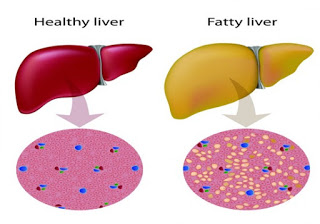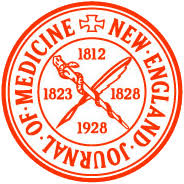Amongst the long list of medical complications of obesity, one very common complication that is not considered often enough is fatty liver.
Non alcoholic fatty liver disease (NAFLD) is the most common cause of liver disease worldwide. It is divided into:
- fatty liver (fat deposition) only
- fatty liver with inflammation (steatohepatitis)
- fatty liver with inflammation and scarring (fibrosis), which in the most severe cases is called liver cirrhosis
A recent review by Mary Rinella in the Journal of the American Medical Association (JAMA) reports some sobering statistics on this problem:
- non alcoholic fatty liver disease (NAFLD) affects 30% of the American population – in other words, between 75 million to 100 million Americans likely have this disease
- liver cirrhosis is the third most common cause of death in patients with NAFLD
- 66% of patients age 50 or older with diabetes or obesity are thought to have advanced fibrosis (scarring) of the liver
The diagnosis of NAFLD presents a number of challenges. Liver enzyme tests (ALT and AST) are normal in 30-60% of patients with fatty liver plus inflammation (steatohepatitis) on liver biopsy, so we clearly cannot rely on these blood tests to make the diagnosis. Ultrasound can catch many cases of fatty liver, but can miss the milder ones. MRI is the best non invasive test to detect fat in the liver, but is unfortunately expensive and in limited supply.
To look for scarring (fibrosis) in the liver, a special kind of test called a Fibroscan (vibration-controlled transient elastography) can be done in a liver specialist’s office and is fairly accurate. MRI elastography may be more reliable, but again is costly and not widely available.
The best test to look for fatty liver, inflammation, and scarring is a liver biopsy – but of course, this is not without risk.
In terms of treatment, the only good therapy we are currently aware of is weight loss. A weight loss of 10% has been shown to decrease liver inflammation. It also appears that a lower carbohydrate diet is important. Vitamin E has been shown to have some benefit, but may be associated with a higher risk of prostate cancer and hemorrhagic (bleeding type) stroke. A number of medications have been looked at (including pentoxyfylline, obeticholic acid, and pioglitazone), but none have been found to be sufficiently effective, and/or have too high of a side effect risk profile.
It is important for health care providers to consider fatty liver as a possible medical condition in any patient with obesity. As for treatments, we have a long way to go, but the importance of healthy lifestyle changes seems more important than ever.
Follow me on twitter! @drsuepedersen












